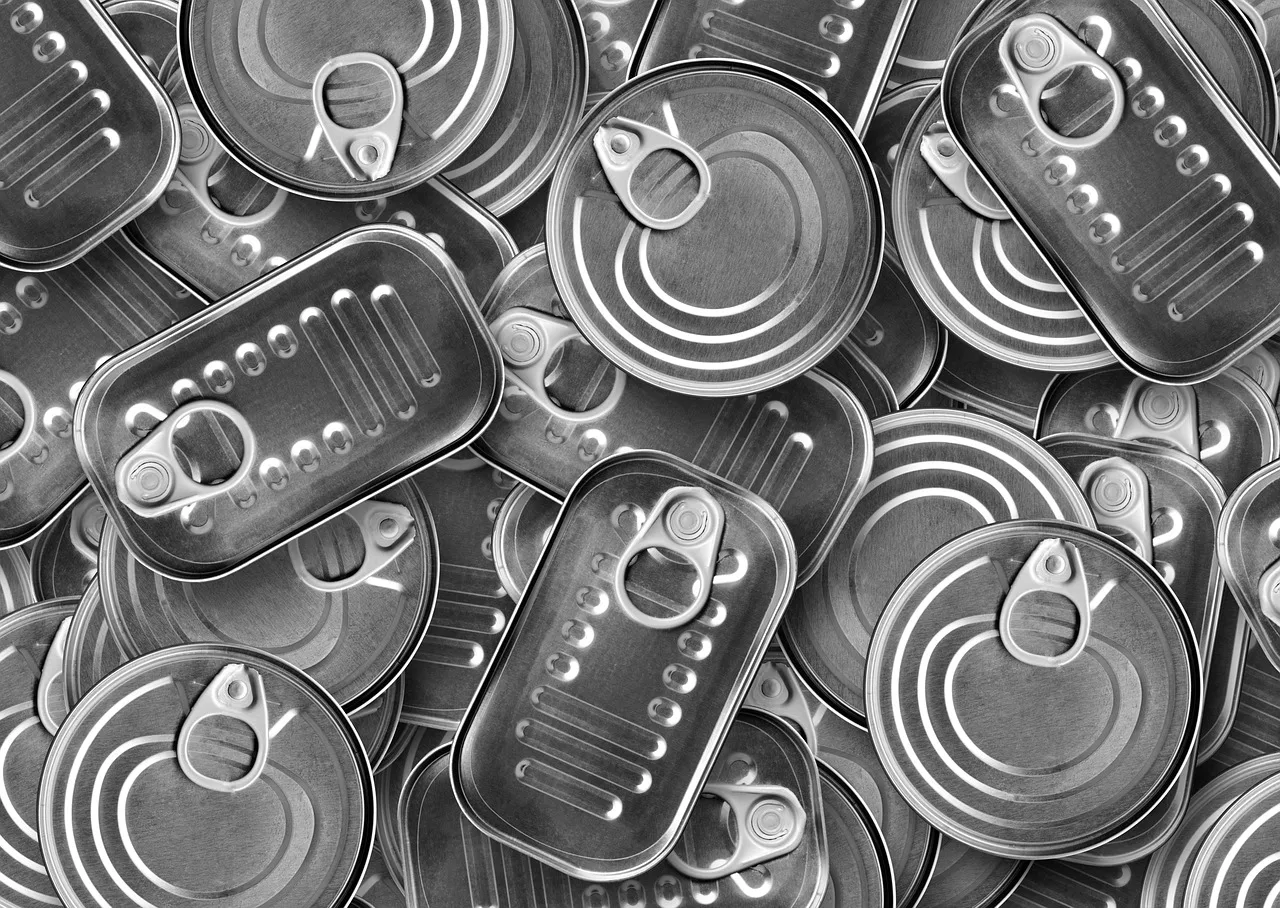
Objective-Cの配列操作は少し複雑だけど、自分にとって分かりやすいページが無かったので、作っておきました。
一応、多言語を意識して項目を作ってみたので、その視点で参照してください。
Objective-Cにおける配列オブジェクトの種類
NSArray : 定義後の変更不可
NSMutableArray : 定義後の変更可能
配列の定義
固定値の定義
NSArray *datas = [NSArray arrayWithObjects: @"test-1" , @"test-2" , @"test-3" , @"test-4", nil];
空の配列を定義
NSMutableArray *mArray = [NSMutableArray array];
文字列を配列に分割(split)
# 日付を年月日に分割
NSString *dateValue = "2017/04/27";
NSArray *datas = [dateValue componentsSeparatedByString:@"/"];
# 年
NSLog(@"%@",[datas objectAtIndex:0]);
# 月
NSLog(@"%@",[datas objectAtIndex:1]);
# 日
NSLog(@"%@",[datas objectAtIndex:2]);
配列を結像して文字列に変換(join)
NSArray *datas = [NSArray arrayWithObjects: @"test-1" , @"test-2" , @"test-3" , @"test-4", nil];
NSString *str = [datas componentsJoinedByString:@"/"];
# str > test-1/test-2/test-3/test-4
配列の先頭を抜き出す(shift)
NSMutableArray *mArray = [NSMutableArray arrayWithObjects: @"test-1" , @"test-2" , @"test-3" , @"test-4", nil];
NSString *val = [mArray atIndex:0];
[mArray removeObjectAtIndex:0]
# val > @"test-1"
# mArray > [@"test-2" , @"test-3" , @"test-4"]
配列の先頭に追加(unshift)
NSMutableArray *mArray = [NSMutableArray arrayWithObjects: @"test-1" , @"test-2" , @"test-3" , @"test-4", nil];
[mArray insertObject:@"test-0" atIndex:0];
# mArray > [@"test-0" , @"test-1" , @"test-2" , @"test-3" , @"test-4"]
配列の最後について(push)
NSMutableArray *mArray = [NSMutableArray array];
[mArray addObject:@"ABC"];
配列の最後を抜き出す(pop)
NSMutableArray *mArray = [NSMutableArray arrayWithObjects: @"test-1" , @"test-2" , @"test-3" , @"test-4", nil];
NSString *val = [mArray lastObject];
[mArray removeLastObject];
# val > @"test-4"
# mArray > [@"test-1" , @"test-2" , @"test-3"]
配列の任意の箇所に要素を追加(splice)
NSMutableArray *mArray = [NSMutableArray arrayWithObjects: @"test-1" , @"test-2" , @"test-3" , @"test-4", nil];
[mArray insertObject:@"test-0" atIndex:1];
# > [@"test-1" , @"test-0" , @"test-2" , @"test-3" , @"test-4"]
[mArray replaceObjectAtIndex:1 withObject:@"XYZ"];
# > [@"test-1" , @"XYZ" , @"test-0" , @"test-2" , @"test-3" , @"test-4"]
2つの配列の結合
NSMutableArray *mArray1 = [NSMutableArray arrayWithObjects: @"test-1" , @"test-2" , nil];
NSMutableArray *mArray2 = [NSMutableArray arrayWithObjects: @"test-3" , @"test-4" , nil];
[mArray1 addObjectsFromArray : mArray2];
# mArray1 > [@"test-1" , @"test-2" , @"test-3" , @"test-4"]
配列の要素数を取得
int cnt = [datas count];
指定位置の要素を取得
NSString *val = [datas objectAtIndex : 2];
配列の一番最後の要素を取得
NSString *val = [datas lastObject];
2つの配列が同じであるか判定
BOOL bl = [arr1 isEqualToArray arr2];
配列内にある要素の確認
NSArray *datas = [NSArray arrayWithObjects: @"test-1" , @"test-2" , @"test-3" , @"test-4", nil];
BOOL bl = [datas containsObject:@"test-2"];
配列内の要素文字列に含まれているか確認
BOOL bl = [datas containsObject:@"test"];
配列内の要素内容を元に要素番号を取得
NSArray *datas = [NSArray arrayWithObjects: @"test-1" , @"test-2" , @"test-3" , @"test-4", nil];
int indexNum = [datas indexOfObject:@"test-2"];
# > indexNum = 1
 Objective-Cの配列操作は少し複雑だけど、自分にとって分かりやすいページが無かったので、作っておきました。
一応、多言語を意識して項目を作ってみたので、その視点で参照してください。
Objective-Cの配列操作は少し複雑だけど、自分にとって分かりやすいページが無かったので、作っておきました。
一応、多言語を意識して項目を作ってみたので、その視点で参照してください。









